We’re often asked about the gear we take on our travels. In response, we have written a detailed and complete travel photography gear guide
I have been involved in film or photography throughout the course of my career: initially as a camera operator, video editor and AV engineer, later as a teacher in digital media, and now as a travel writer.
I’ve published photography in a range of magazines, newspapers, books and websites including BBC Travel, Lonely Planet, The Telegraph and The Independent among others. I even provided the photography for a recipe book once.
I’ve also sold stock images for several years on Shutterstock and iStock by Getty Images, and my photography plays a prominent role throughout our travel blog and social channels, particularly Instagram.
I continue to learn and improve my work and expect to do so indefinitely. I’ve learned most by watching and reading about how other photographers work – professional or amateur. The more I’ve learned, the more I’ve refined the gear I use.
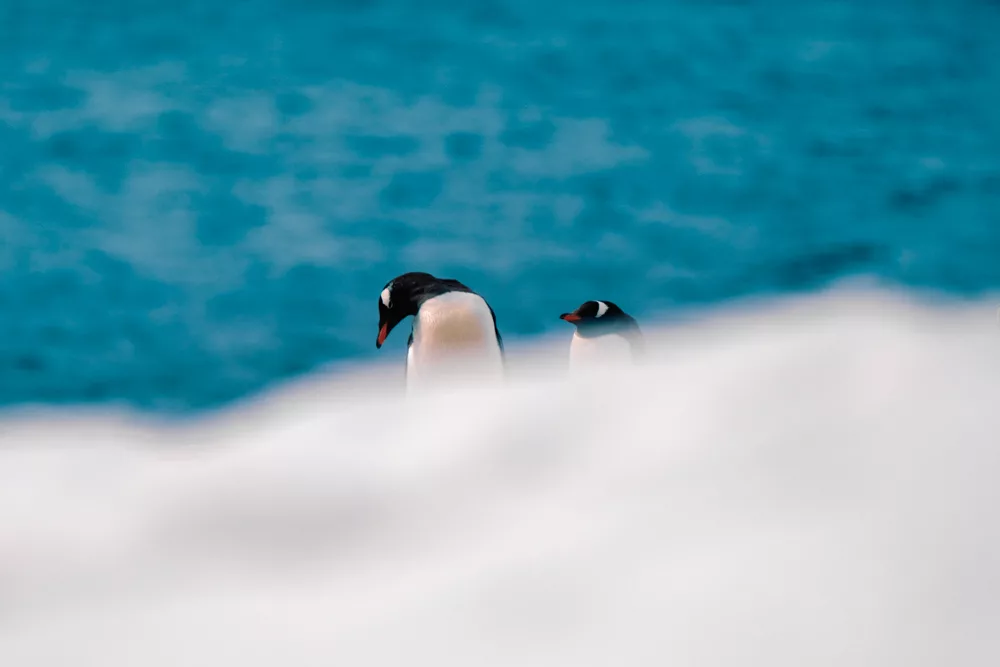
As with many things, it often comes down to personal preference; what works for one person may not suit the next, but it always helps to see what peers are using. As such, I’ve put together a complete travel photography gear guide to share the details of what I use.
Travel photography gear guide
There’s still a lot of gear I’d love to add, but photography is an expensive pursuit so I use what I can afford and look forward to the day when my budget can stretch to accommodate my next toy!
Camera body
I recently made the leap from my longstanding affiliation with Nikon SLRs to a considerably lighter Fujifilm mirrorless camera. Known as the “Little Giant”, X-T30 is ridiculously light and compact, yet remains well-built and robust. It has a 26MP sensor, tilting touchscreen LCD, superb electronic viewfinder (EVF) and direct controls that make it straightforward to operate.
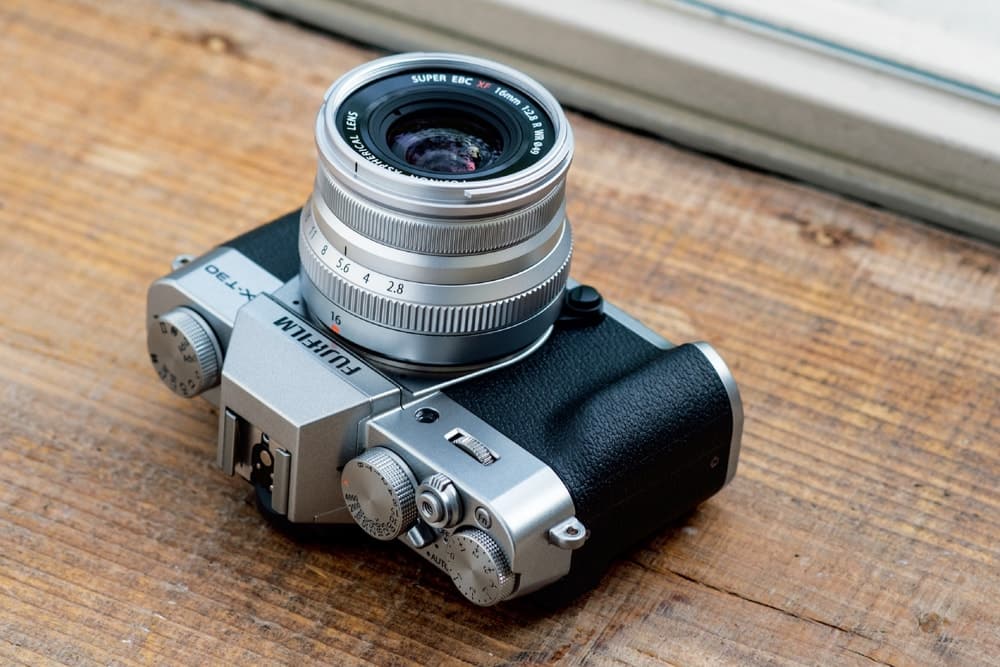
When you’re spending this sort of money there’s not too much difference in quality among the main brands. What’s important is what feels right for you. You want to be able to adjust your camera, access presets and swap lenses without thinking too much about it and fumbling to drive them home. For me, I find the Fujifilm interface particularly fluid, but everyone is different.
I sometimes rent an extra camera body for specific trips such as safaris or wildlife watching like our recent voyage to Antarctica, where I hired a Fujifilm X-T4. Simply put, the Fujifilm X-T4 is the most pleasing camera I’ve ever used and it produced the best wildlife shots I’ve ever taken.
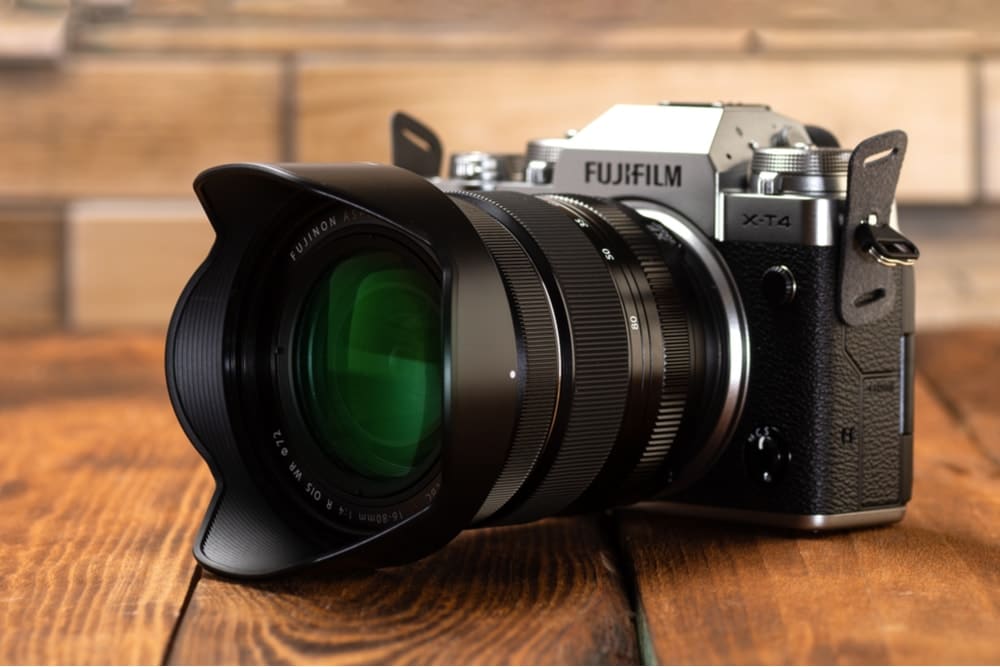
Unlike the X-T30, it comes with dedicated single-purpose dials for controlling the shutter speed, ISO, exposure compensation and advance and still/movies modes. The 26MP sensor produces outstanding image quality and the 4K video benefits from the in-body image stabilisation. We were particularly delighted with the penguin footage we captured on the X-T4.
Lenses
I’ve used the following three lenses and never find myself wanting.
This is Fujifilm’s smallest and lightest interchangeable zoom X-Series lens. The kit lens is incredibly light and compact and has a maximum aperture of F2.8. It works superbly in low light and is incredibly versatile. It covers all the frequently used focal lengths from 23mm to 69mm (in 35mm format equivalent) and has the ability to shoot close-up objects just 5cm from the lens tip.
Fujifilm’s dynamic mid-range zoom lens is an extremely versatile piece of kit that covers most situations, from reasonably wide landscape shots to long-distance wildlife photography. The lens is lightweight, fast and delivers consistent performance.
Fujinon XF 100-400mm telephoto lens
I hire this high-performance super-telephoto zoom lens for our wildlife watching trips. The 5.0-stop image stabilisation system is exceptional when used for handheld shooting (which is great because I’m notoriously lazy when it comes to tripods) and the lightning-fast motor autofocuses quickly and reliably which is ideal for shooting fast-moving subjects. Finally, it’s water and dust resistant and can function in temperatures as low as -10°C making it practical for outdoor and adventure photography.
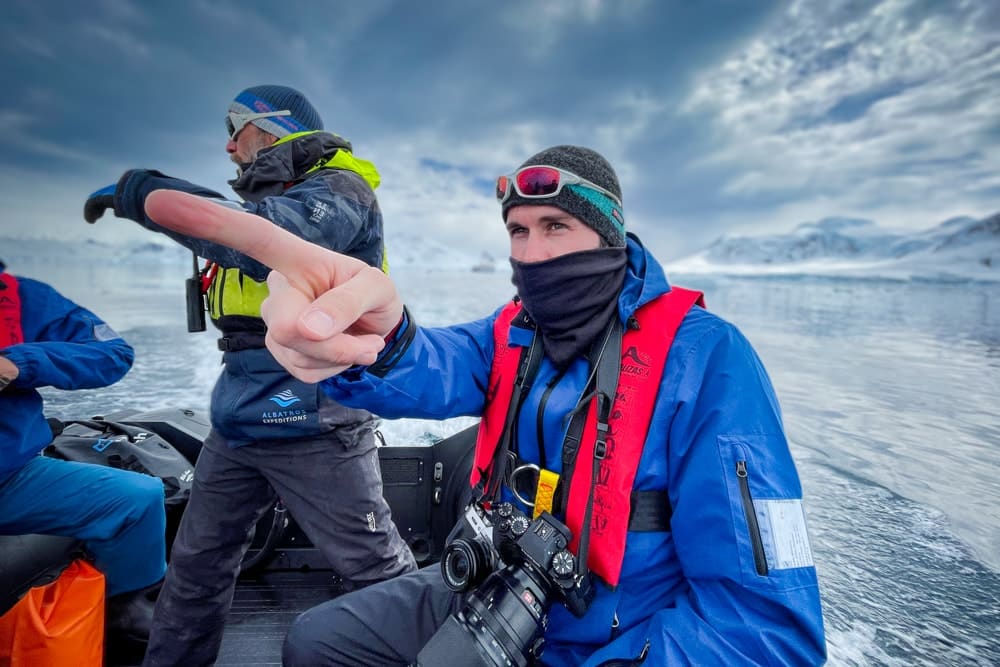
Filters
It didn’t take me long to learn that a landscape photographer primarily needs a glass polarizing filter to help reduce reflections from water and glass and to render blue skies darker and clouds better defined.
I also have a Tiffen neutral density (ND) filter kit. ND filters are essentially grey-toned filters designed to absorb light as it passes through the lens, allowing you to shoot at wider f-stops in brighter conditions.
Action camera
GoPro Hero7
GoPro is the industry standard when it comes to action cameras and it’s easy to see why. They are tough, reliable and come with a wealth of accessories and mounts. The video stabilisation is outstanding and the voice commands are particularly useful. We’ve used our GoPros in a range of locations, from freezing conditions in the Polar Regions to diving and snorkelling trips in the Great Barrier Reef and Galápagos Islands. It never lets us down.
Captured on our GoPro Hero7
Tripod
Slik Sprint Pro II
I spent years trying to find the trade-off between a suitably large and sturdy collapsible tripod that was also lightweight and small enough to fit into backpacks and be carried around the world. In 2015, Kia bought me the Slik Sprint Pro for my birthday and since then I’ve loved her just that little bit more!
I also have something similar to this flexible Gorillapod for our GoPro.
Bag
F-stop Kenti
I’ve used other backpack-style camera bags in the past, but was either unable to fit everything in or found it difficult to access my gear as quickly as I needed. I love the laptop compartment of the F-stop as it’s safe and secure, while the whole backpack remains geared towards the adventure photographer with all-important over-the-shoulder access. There’s a waterproof cover as well.
SD + microSD cards
Transcend 512GB SD / 128GB microSD
I used to take a rather nonchalant approach to SD cards. For years, I used to buy the cheapest and largest-capacity memory cards available and back them up manually. However, as the years went by and I started shooting in the thousands (and tens of thousands) across multiple cameras, I needed a more thorough and reliable system.
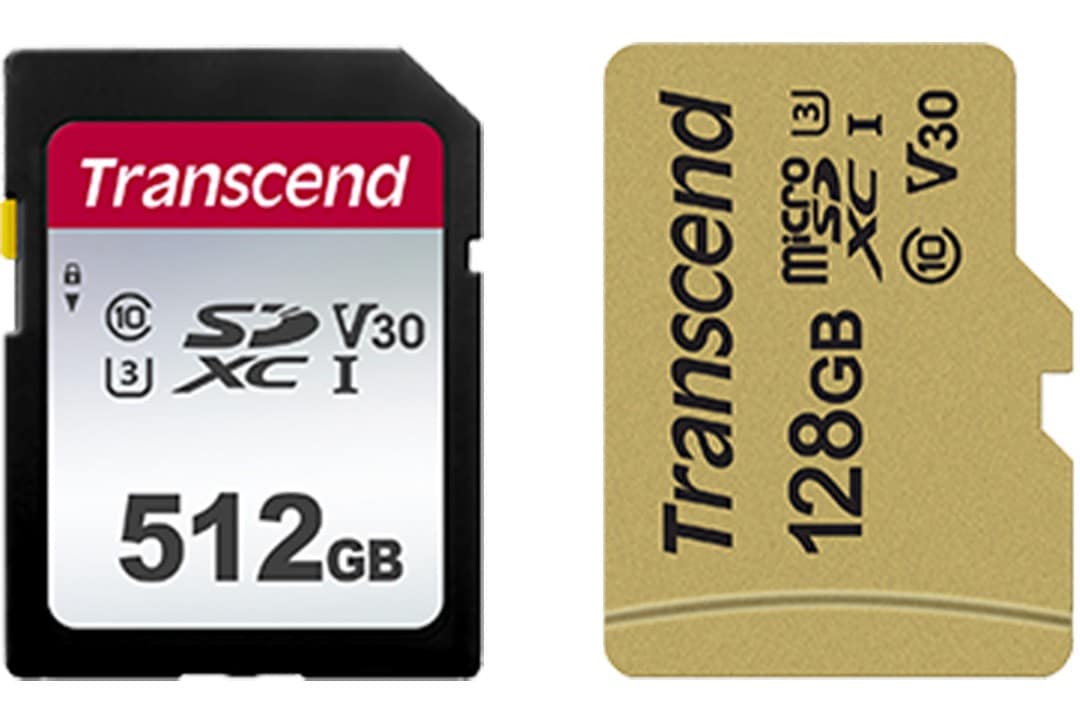
I’ve now invested in some high-quality, high-capacity Transcend SD cards to ensure I never lose a photograph again. Transcend’s SD and micro SD cards are tested to withstand extreme conditions. They are temperature resistant, waterproof, shockproof, X-ray proof and static proof – ideal for an outdoor travel blogger.
As well as durability, with up to 512Gb storage capacity, the memory cards allow for thousands of RAW photos and hours of HD video to be recorded. With these upgraded cards, there is no need for me to delete photos from the card until I’m back at home.
Storage + Backup
Transcend Storejet 4TB
I’m a clumsy guy (Kia has nicknamed me “Bumble”) and have a knack for breaking expensive electronic gadgets, so a portable external hard drive that has a “three-stage shock protection system that meets US military drop-test standards” is going to be Peter-proof too! Additionally, the hard drive is small, compact, lightweight and comes with built-in power-saving – all ideal for outdoor and adventure travel.
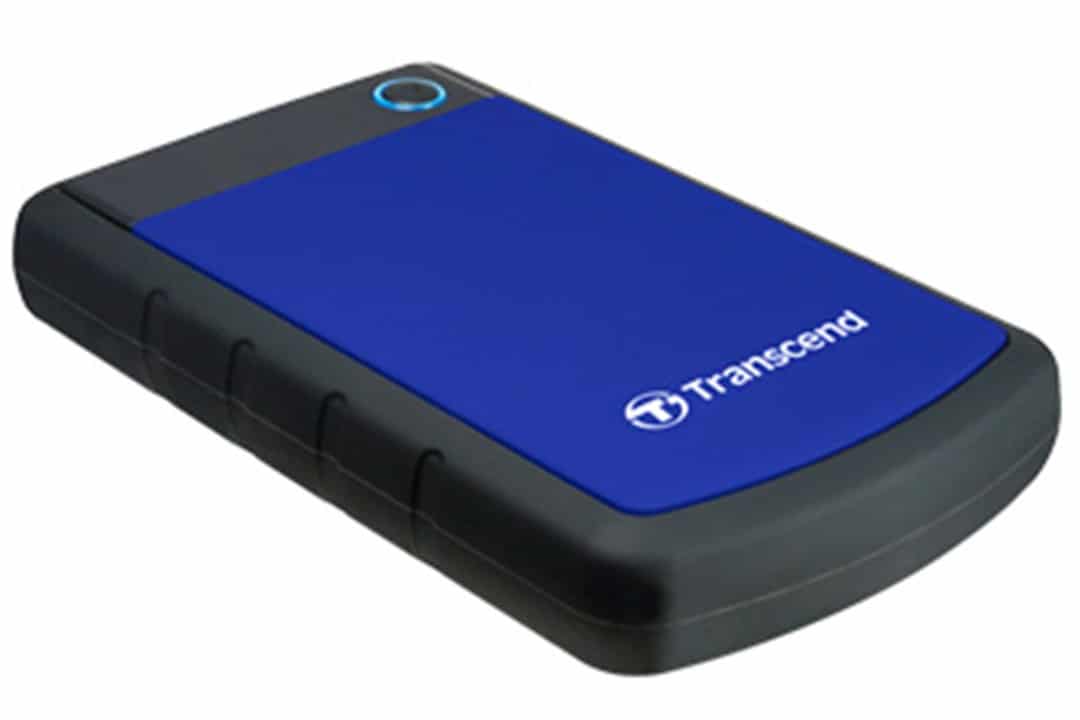
Stock photography
We also use a range of stock photography across our site. Shutterstock has over 247 million royalty-free images and offers monthly packages to suit all budgets. We use Shutterstock to sell Peter’s stock photography as well as to source other imagery we may need on the blog. The Shutterstock Editor is particularly useful for creating custom web banners and bespoke social media posts.
Hardware and software
MacBook Pro 13‑inch laptop
I’m a Mac man – always have been, always will be.
Adobe Lightroom
This is an excellent piece of image cataloguing software that comes with plenty of powerful effects and editing tools. I use it religiously.
Adobe Photoshop
Still the industry standard for advanced image editing. I pay for the Adobe Photography Plan which comes with Lightroom, Lightroom Classic, Photoshop and 20GB of cloud storage.
Apple Photos
An easy-to-use everyday image library which works well with your other Apple devices. Improved editing tools have made it more versatile, but it’s still some way behind Lightroom.
Enjoyed this post? pin it for later…
Lead image: Dreamstime
[flexi-common-toolbar] [flexi-form class=”flexi_form_style” title=”Submit to Flexi” name=”my_form” ajax=”true”][flexi-form-tag type=”post_title” class=”fl-input” title=”Title” value=”” required=”true”][flexi-form-tag type=”category” title=”Select category”][flexi-form-tag type=”tag” title=”Insert tag”][flexi-form-tag type=”article” class=”fl-textarea” title=”Description” ][flexi-form-tag type=”file” title=”Select file” required=”true”][flexi-form-tag type=”submit” name=”submit” value=”Submit Now”] [/flexi-form]
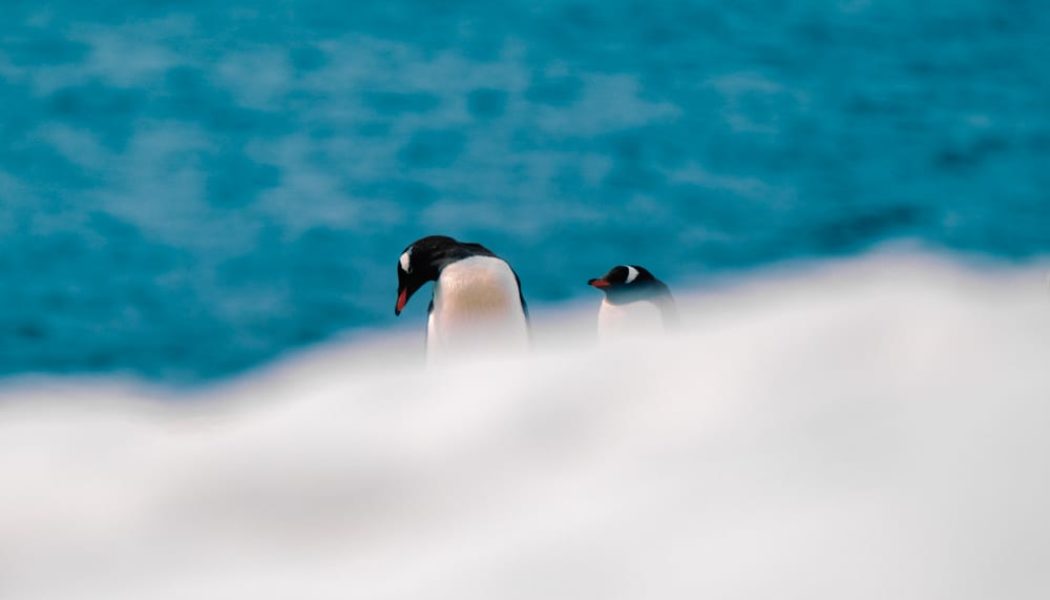
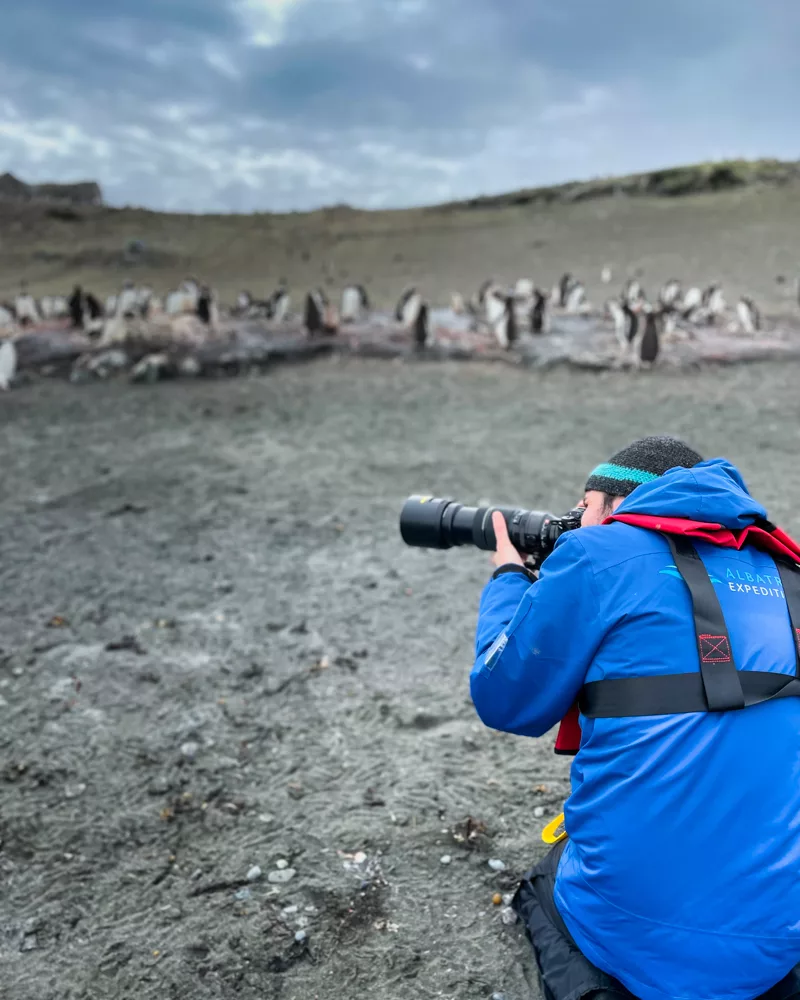
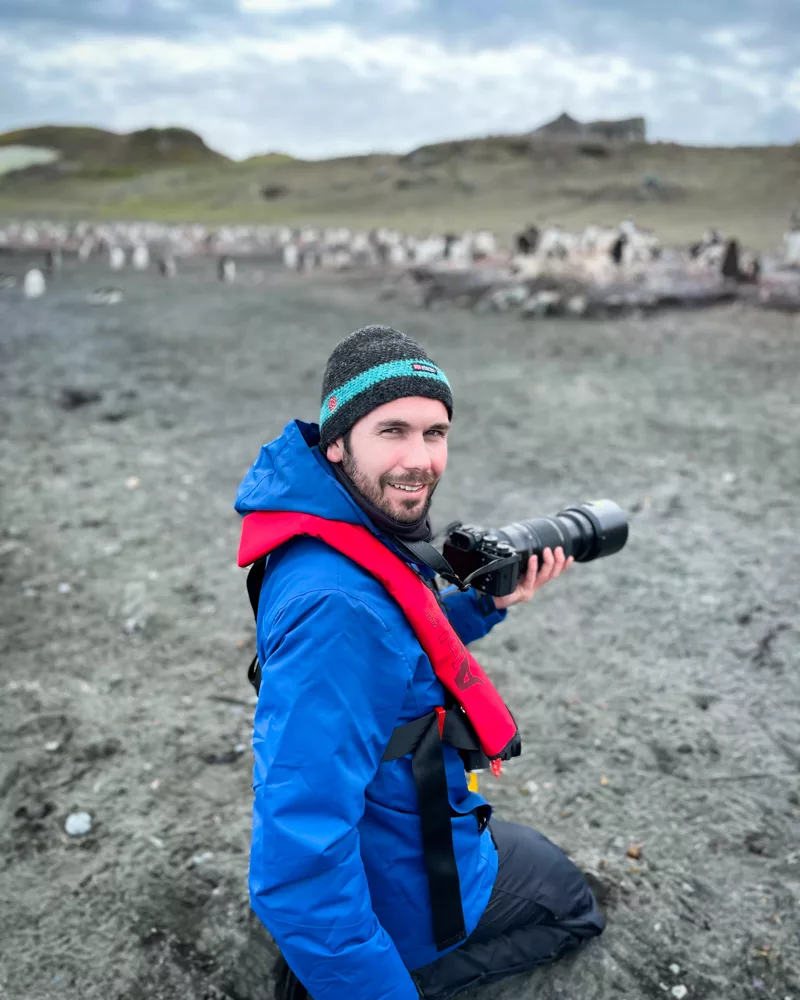
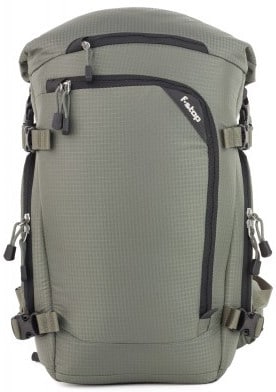
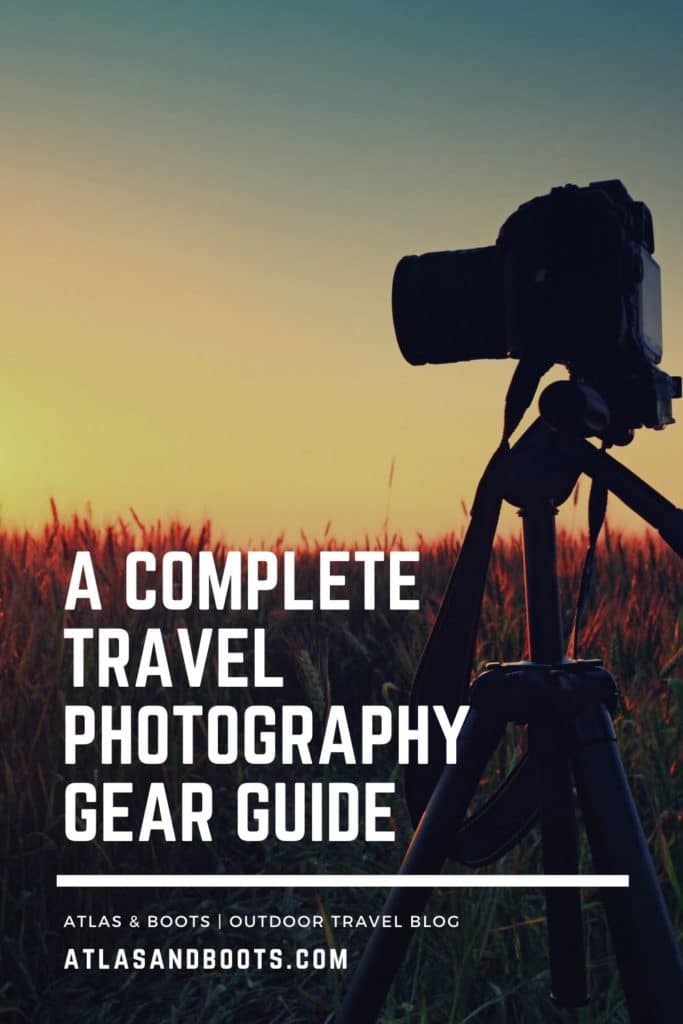
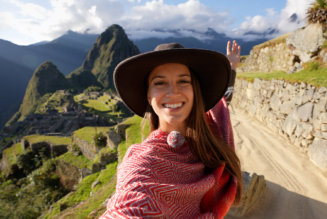

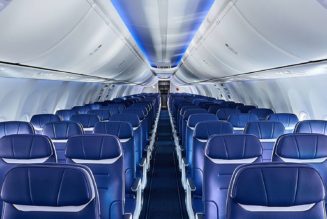
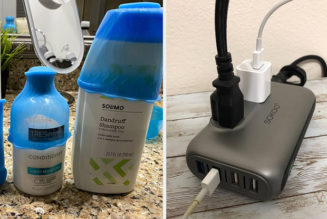
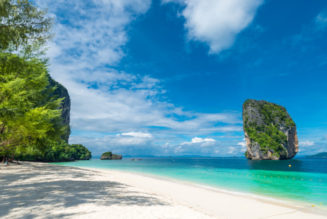
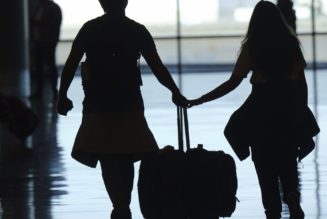
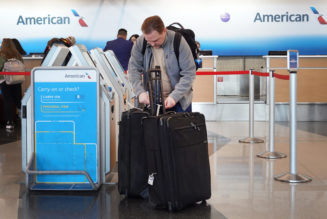
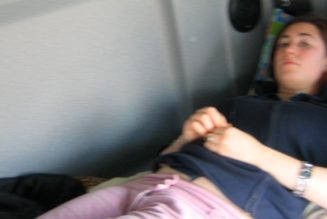
Tagged: GEAR + TECH, gear guide, Photography, travel blog, travel blogging, Uncategorised